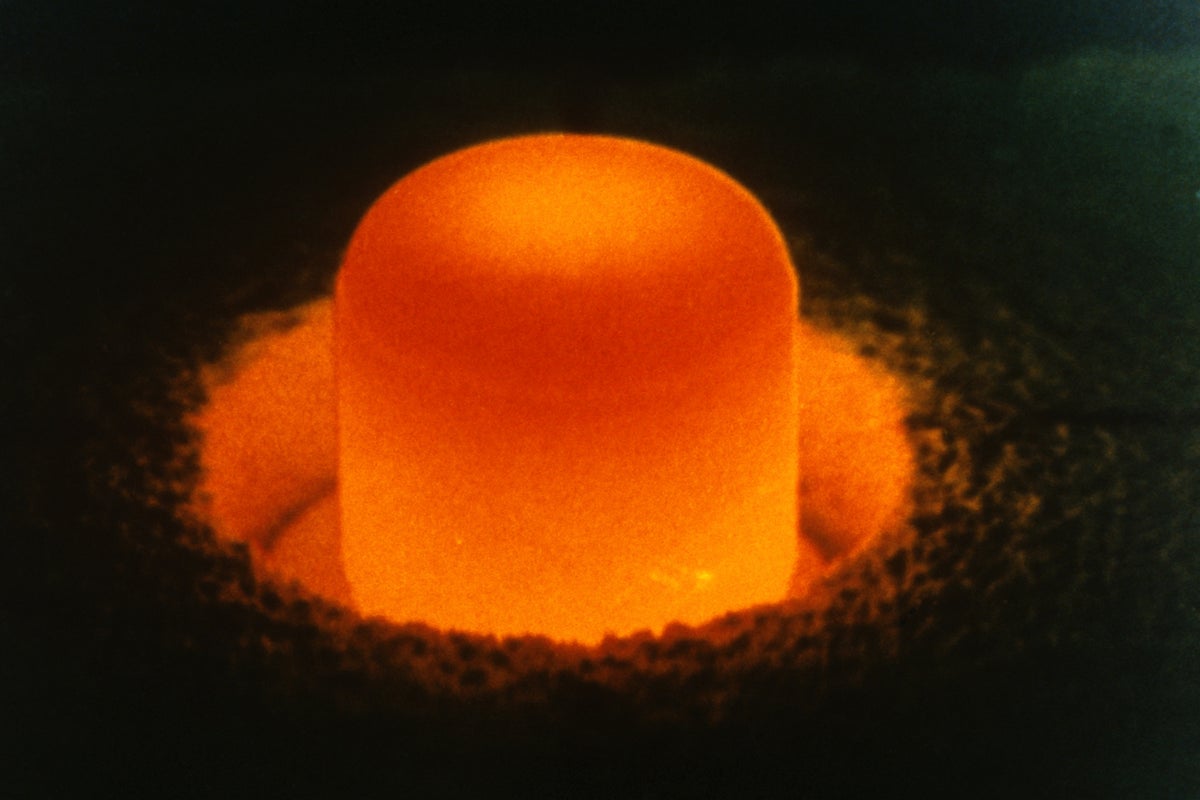
"Uranus, the gassy, bluish planet only seen up close during a brief spacecraft flyby in 1986, is now selected as the U.S. space community's top priority for the next decade."
"The technology known as radioisotope power systems (RPS) is critical for powering NASA spacecraft into the outer solar system, as sunlight is insufficient beyond a certain point."
"President Trump's proposed budget cuts could abandon the necessary funding for RPS, jeopardizing future missions to the outer solar system, including the mission to Uranus."
"Shutting down the RPS program by 2029 would mean no further U.S. missions to the outer solar system after the planned Dragonfly mission to Titan."
In spring 2022, the U.S. space community selected a mission to Uranus as its top priority for the next decade, aiming to explore this distant planet more closely. Uranus holds the potential to provide insights into the solar system's early history and the discovery of similar planets around other stars. However, proposed budget cuts to NASA by President Trump may threaten the necessary funding for radioisotope power systems, crucial for powering deep-space missions. The potential program shutdown by 2029 would halt U.S. outer solar system missions beyond the Dragonfly mission to Titan.
Read at www.scientificamerican.com
Unable to calculate read time
Collection
[
|
...
]